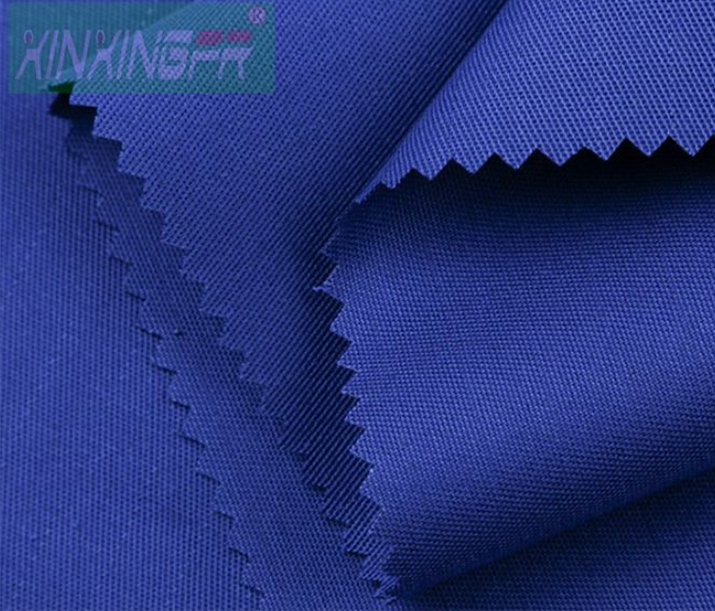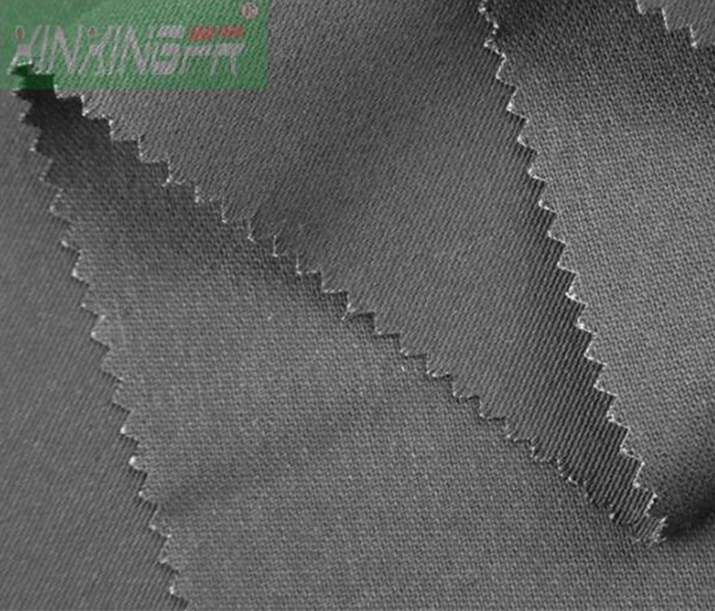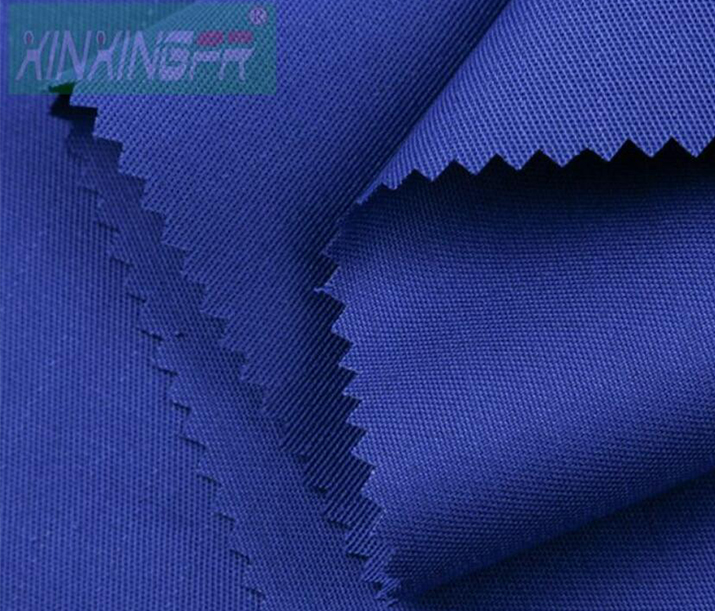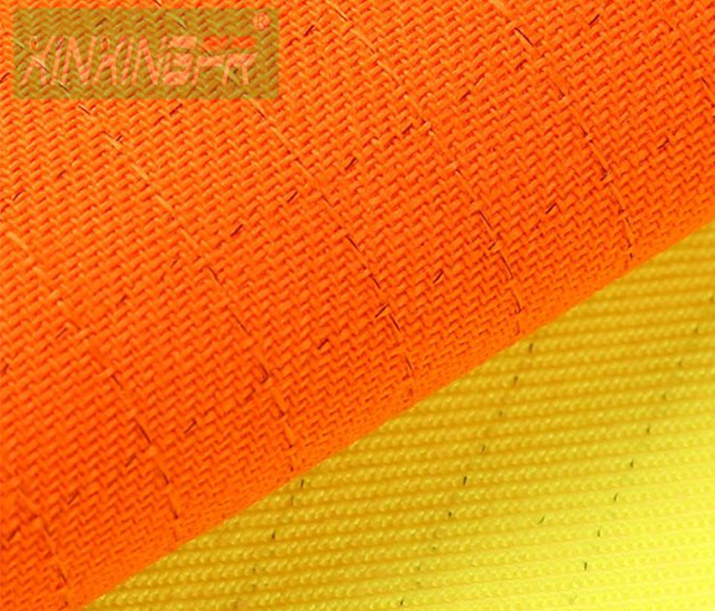If you're familiar with flame resistant clothing (FR), you've probably heard of terms such as treated fabrics and fibers or inherent fabrics and fibers. However, there are some key differences when talking about flame resistant fibers and fabrics. Failure to understand those differences could result in lapses in safety. It's important to know how these fit in particular environments.
In this post, we'll define the terms mentioned above, talk about some of the applications that they're found in, and address how each should be processed or cleaned.
Garment care is critical with FR garments. The proper care ensures that FR properties aren't compromised. The goal will be to give you more information on the above so you can be safer in the workplace.
Flame Retardant Fabric
Fabric is a combination of fibers that, when put with other pieces of fabric, make a garment. Fabric can be thought of as the manufacturing stage between fiber and garment. Treated fabrics are those that have a flame retardant chemical applied to make them flame resistant. Fibers used in these fabrics aren't usually thought of as protective. They become flame resistant because of the chemical treatment.
The fibers used in these fabrics are usually 100% cotton fibers or are some combination of cotton and nylon. With regard to durability, the fabric made up of cotton fibers provides little resistance to abrasion. The fabrics with the nylon fiber added to them perform much better with resistance to abrasion. Treated fabrics work well in utility, oil and gas, chemical, and petrochemical applications.
Care for treated fabrics should take place in water with a hardness of 1.5 grains (25ppm) or less. Less hardness is ideal as hard water contains mineral salts that can leave deposits on the fabric. These deposits could negate the flame resistant properties of the garment. Deposits could even serve as fuel if the garment is exposed to an ignition source.
Treated fibers are those that have a flame retardant chemical that's applied during the fiber forming process. As a result, it makes the fibers, flame resistant fibers. Fabrics made from treated fibers are flame resistant for the life of the garment. The flame retardant chemical can't be removed by normal wear or laundering. The garment would no longer be flame resistant only if it becomes torn or soiled to the degree that the soil won't wash out.
One fiber type is a treated 100% rayon. Lenzing FR® is a man-made cellulosic fiber made by Lenzing AG. These fibers get treated in the fiber forming process and are flame resistant forever.
Another fiber type would be a blend of cotton and Modacrylic fibers. Fabrics made of these fiber blends are characterized to have a soft and comfortable cotton-like hand. The Modacrylic fiber that gets added has soft and strong components. It's also resistant to chemicals and solvents. This makes these fiber types ideal in flame resistant environments.
Applications for these fiber types are a bit more general. Industrial protective clothing, utilities and fire fighter work uniforms are good matches. Like treated fabrics, it's recommended that treated fibers get washed the same way. Water that is too hard could leave deposits that could ignite if exposed to an ignition source. The only significant difference between caring for the two types is that the Modacrylic /cotton blends should be treated in soft water with non-chlorine bleach as it weakens the fabric.
Fire Proof Retardant Cotton Fabric
Inherent fabrics and fibers do not need to be chemically treated. The FR properties are an essential characteristic of the fiber chemistry. Once again these fibers are FR fibers, but from creation of the fibers. Both inherent fabrics and fibers cannot lose their flame resistant properties from normal wear or laundering. The garment will keep its flame resistant characteristics throughout its life.
Modacrylic fibers are the most popular inherent fibers. They are primarily used in blends with other inherent flame resistant fibers. The modacrylic fibers are often combined with various percentages of lyocell, para-aramid or polyamide imide fibers. These combinations make a durable fabric that meets NFPA 70E CAT2 and NFPA 2112 standards. Another popular inherent fiber is NOMEX. In clothing applications, NOMEX comes as a stand alone fiber or often in a blend with KEVLAR.
Inherent fabrics and fibers are found in petrochemical, electrical and utility industries. Another popular application is firefighter station wear and turn out gear. Most inherent fabrics and fibers are not recommended for use in welding operations or around molten substances. Caring for inherent fabrics and fibers is the same as the treated types. Soft water is recommended as hard water contains mineral salts that can leave insoluble deposits on the fabric. These deposits could negate the flame resistant properties of the garment. Chlorine bleach is also not recommended as it will weaken the fabric.
The most important thing to understand is what fabrics and fibers build the garments that keep you safe while on the job. If you would like to schedule a consultation, let us know. We can make it easier for you to put your team in the proper safety apparel.




+86 135 9869 3034 (Ada)
South Fenghua Road, High-Tech Industrial Development of Xinxiang, Henan PC, China.
Copyright © Xinxiang Xinxing Special Fabric Co., Ltd. All Rights Reserved. Sitemap | Powered by 
SEOKeywords: Custom Flame Resistant Fabrics Flame Resistant Fabrics Application Flame Retardant Knitted Fabrics & Fleece 2024 Flame Resistant Knitted Fabric Fire Retardant High Visibility Workwear Fire-Resistant Fabrics: Understanding Fire Retardant vs. Fire Resistant Fire-Resistant Fabrics: Understanding Fire Retardant vs. Fire Resistant Fire-Resistant Fabrics: Understanding Fire Retardant vs. Fire Resistant Nomex Flame-Retardant Knit Modacrylic Flame-Resistant Fabric Firefighter Protective Clothing Fabric Military Flame-Resistant Apparel Fabric